On October 10, 2022, at approximately 12:36 p.m. local time, a pallet carrying 846 LNER Dynamometer Cars fell off of a delivery truck at Rapido’s UK headquarters. Surprisingly (or unsurprisingly, as you’ll find out), none of the models were destroyed. In a time where more and more of what we purchase arrives in a cardboard box, how do model railroad manufacturers ensure that their fragile products arrive at your doorstep in the same condition they left the factory? I spoke with Jason Shron, president of Rapido Trains, about its model train packaging process and packaging material philosophy.
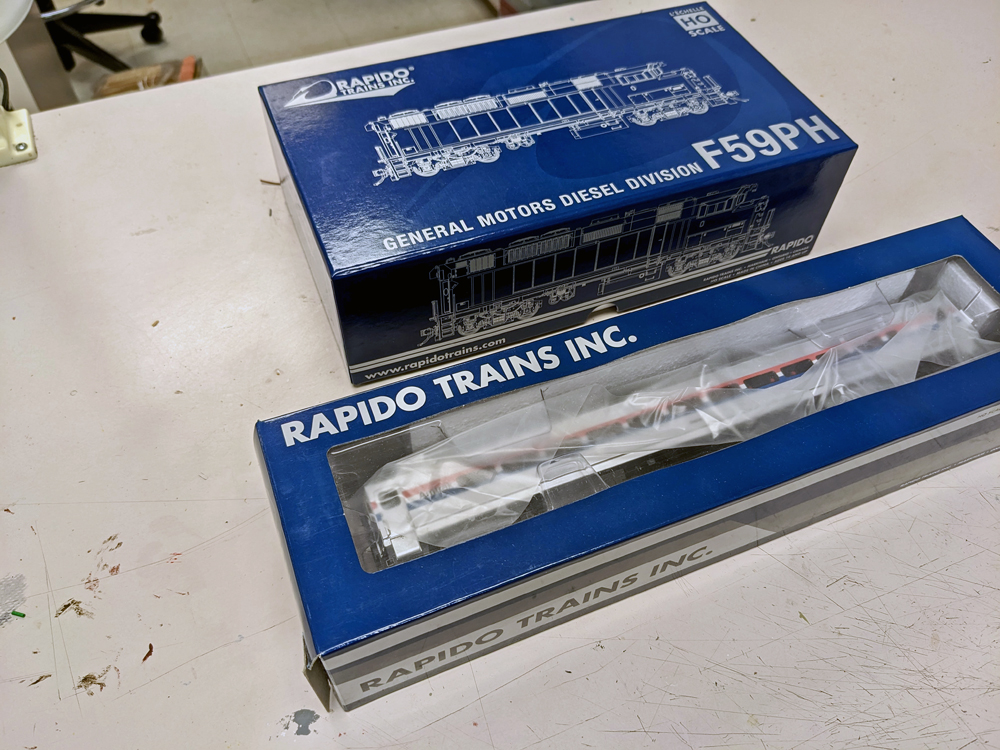
Bryson: How did these models survive the fall?
Jason: The packaging actually stood up pretty well. Some of the boxes were destroyed. You can’t ship a model with bent or dented cardboard boxes. But for the most part, most of the models survived. We just needed new blister packs, new packaging, and new boxes from the factory.
B: So you give a lot of credit to the packaging?
J: Nothing is designed to fall three meters, which is about how far it fell. It’s ridiculous. The drop test we normally do on our models is a one meter. We drop the model flat and on a corner so we can see what breaks off.
Sometimes they pass the drop test, but they do not survive the UPS, FedEx, UPS, or Canada Post test. We’ve had models get punched through the blister and shred the blister. For that to happen, it probably has to fall 20 feet. The packages take an absolute beating after they leave our facility.
Falling off the back of a truck, the blister did what it’s supposed to do. There’s no way to protect the package from being dropped 20 feet in the sorting facility, it’s just not possible. If it lands flat, it’s probably fine. If it lands on a corner or on the end, forget it. A large part of our warranty claims is from stuff getting destroyed in shipping. The fact that they actually plunge through the blister, for locomotives, that’s because they’re so heavy. That’s a real challenge.
We’re currently delivering a bulkhead flatcar. On the first samples that the factory sent us, the bulkheads sheared off. Every single one. We said, “this passed your drop test but it’s not passing the UPS test.” We can’t have thousands of flatcars returned to us being in pieces. We have to redesign the packaging and hope for the best.
B: Does Rapido design the physical aspect of its packaging?
J: We have our own factories that we work with. The blister is made from a vacuum-formed mold that’s not nearly as expensive as doing injection molding. It’s made out of PVC plastic. What we do for the blister is we send them a drawing of the model with all the possible detail parts installed. Then they use that 3-D drawing to create the master that they then create the vacuum-form mold over. What we’re finding with the number of products is that’s not enough. We need to add some other element to the blister to prevent the models from moving around. We’re looking at, in the future, redesigning some of our blisters. But it’s done with the team in China, we don’t design them here.
What we’ll do is we’ll give them specifications if we want something special, like on our cylindrical covered hopper cars. The first packaging the factory did, our engineer in China had spent four hours putting the model together and I then picked it up and threw it against the wall and that was the drop test. That’s a little more violent, but I know what UPS, FedEx, and everyone does. I opened it up and it was in pieces. I felt bad because she had worked so hard on it, and I was so apologetic because I didn’t realize how much time she spent on it. But what it showed was the packaging was totally deficient. All the little, tiny walkway supports and all of the fragile end cages just couldn’t hold up. We needed special packaging. So we redesigned our blister there and then at the factory where we designed it to hug the trucks more closely.
B: Has this incident changed how Rapido’s models are packed and/or shipped?
J: No. Things are very different in the U.K. than they are in North America. Let’s just say we’re much more laid back with stuff here. In North America, we’ll help the driver unload or we’ll often unload the truck ourselves, and that’s fine. In the U.K., all the i’s have to be dotted and t’s have to be crossed. We can’t go anywhere near the truck because they’re not insured for us to go on their truck, we have to stand back. Then the guy who has no experience drops our shipment off of a tailgate.
Another problem that we have in the U.K. is that we have a small facility that has a roll-up door. It doesn’t have a loading dock. In North America we have a loading dock. So there’s more opportunities for that kind of accident to happen. We don’t have a loading dock, so the best thing that we can do is just warn the drivers every time, saying “this is what happened, please be extra careful.” And we may be involved as a backseat driver, saying “you’ve gone too far, stop there. No, wait, stop. Pay more attention.”
In the U.K., it’s much less common to have a loading dock. There’s a lot of industrial parks which are built in a country that was settled 2,000 years ago. You haven’t got the kind of space you want. Look at Horizon Hobby, that’s just out on a cornfield. Same thing with Heartland Hobby in Nebraska. Not just their main office but their main warehouse was built in a cornfield, where there’s so much room. In the U.K. we’re very tight for space so we don’t have a loading dock and I can’t see us having a loading dock for some time there.
B: Is there a difference in protection that the thicker boxes offer versus the thinner cardboard boxes?
J: The standard locomotive box is a 2mm thick two-piece box, and rolling stock is in a 300 grams per square meter (GSM) cardboard box with a blister. The locomotive box has a blister too, but it has EPDM foam around it. The box is for aesthetics. If you’re spending over $300 on an engine, you want it to come in a really nice presentation box. You don’t want it to come in a flimsy cardboard box.
In terms of protection, you do have some extra cushioning from the EPDM foam. But ultimately, it’s going to come down to the blister. The blister is going to do most of the protection. Interestingly, we frequently will have people say, “I got my model, it’s damaged, it was damaged at the factory.” I ask, “Why is that?” They reply, “Well the box isn’t damaged.” I say “No, it was damaged when it was thrown 20 feet on its way to you.”
The impact transfers through the outer cardboard, the peanuts, the 2mm cardboard, the EPDM, to the blister. The blister is the last line of defense. If it’s a serious impact, the blister fails, and that’s when we get damage. So we’ll have small parts broken off. The outer box can look undamaged. But the damage transfers through and the model becomes damaged.
When we assemble stuff and install it at the factory and put it into the packaging, occasionally an etched-metal step or a grab iron will come loose. Grab irons very rarely become damaged actually, those are usually impact damage. But etched-metal steps on hood unit pilots are notorious for braking off at some point. When we open up a box from the factory that’s arrived on a pallet, one out of 10 boxes might have a loose etched-metal step, a loose bell, or something like that. That’s because there wasn’t enough glue when they boxed it up in the factory. That’s when it got damaged. Very rarely is there anything more significant than that when it’s assembled and packaged at the factory. All the other damage that’s happening with the three, or four, or five, or 10 pieces that come loose, that’s all between our warehouse and the customer’s door.
I wish there was a foolproof, 100 percent guaranteed way to prevent damage to models, but there isn’t. Different manufacturers have experimented with different things. We’ve tried different things. There’s no 100 percent perfect way to do it. You’ll notice that models that are shipped by mail order, whether direct from us to a customer or from a store to a customer, have more damage than models that are bought in person at a hobby shop. They always will. Because if it’s a big hobby shop, it went on a skid and then there’s no damage. If it’s a smaller hobby shop, it went once by UPS, FedEx, USPS, or Canada Post (the big four) to the hobby shop. Then the hobby shop people opened it, said, “Oh look. That broke off. Let’s glue it back on.” It’s fine, everything’s good. Then they give it to the customer in perfect condition. If we sell it to a shop that then sells it by mail order to a customer, it’s now going through the big four twice. That’s a challenge.
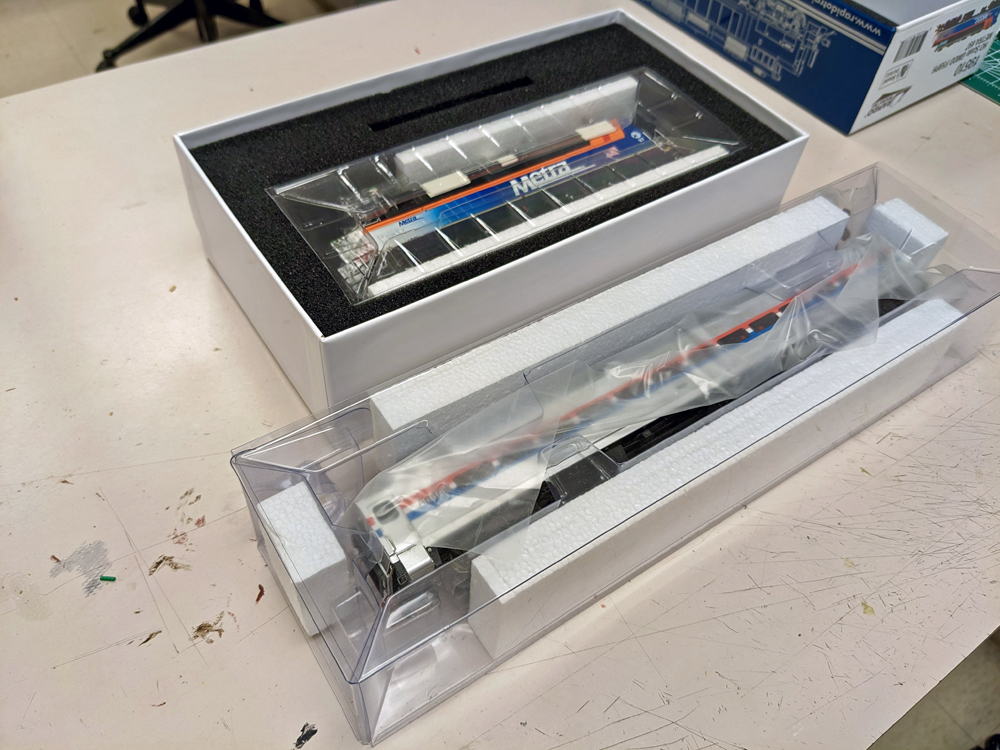
The only way that we could absolutely prevent any damage in shipping, and not any because we’ve tried this, is if we add six freight cars and then six inches all-around of Styrofoam peanuts. It’s just not economical for us to do that. It’s cheaper for us to send the replacement parts or fix the damaged models then it is for us to send everything in basically a pillow.
We often have to make decisions like that when it comes to running the company. “Is this preventative measure going to cost more than fixing it afterwards?” In some cases, it’s going to cost so much more. Remember, if you send out 10,000 models and you get back 200 with damage, that’s only two percent. But if you then have to pay way more to put all 10,000 models in much bigger packaging, that’s going to cost so much and make the project unprofitable. It’s better to just fix the two percent of models. And it’s because our blisters and packaging are as good as they are, that it is only one or two percent, it’s not 50 percent.
There have been times, though, when our packaging has failed. During our first run of the N scale Dash 8 locomotives, the PVC used in the blister was weaker than usual. I think it was recycled or something. The locomotives were just plowing into the PVC, and it happened a lot. Normally, because it’s N scale and there wasn’t so much fine detail, a lot of people said “yeah, it broke through, but I fixed it in two minutes.” That was one where the damage rate was higher, but we’re doing a new run of those locomotives.
We know that we have to do something else in the packaging. We did add foam to that because our test samples showed that the packaging wasn’t good enough. But even the foam wasn’t good enough in a lot of cases. We’re going to have to look at something new.
We’re finding a lot of times now that we’re getting recycled plastic when we didn’t want it, and the recycled stuff isn’t as strong. It’s often what’s available at the time. When we’re getting the blisters, they’re going to use whatever happens to be sitting in the injection room. If they’ve got 10 bags of this clear plastic, they’re going to use those 10 bags up.
Have there been any other incidents like this at Rapido?
We haven’t had the major snafus like stuff falling of the back of the truck. However, 2021 was a very hard year. We had a lot of shipping delays, all the manufacturers did. You could imagine money was getting very tight, because stuff was taking four months plus to get from China to Canada. That caused us some real cash flow nightmares as you could imagine.
We did a bunch of Procor tank cars, which we’d been waiting on for four months. It was a big, very valuable shipment and it was picked up by the freight company. We had all of our U.S. distributor shipments on this truck. We got a call from the freight company, “The trailer has been stolen.” I got a call from my operations team, and there were three people on the call. You know when three people are on a call that it’s important. They said, “The trailer has been stolen.” I said “What?” They said, “The trailer that the tank cars are on was stolen.”
I just started laughing and my CFO Janet said, “How can you laugh?” I said, “Everything that could possibly go wrong this year has gone wrong, and this is the icing on the cake. The trailer was stolen.” Three days later, we received a call from the shipping company, “We found the trailer.” Our guys went to the shipping company’s warehouse and the trailer was found. Everything had been stolen from the trailer except three pallets, filled with model trains. The thieves had opened up a couple of boxes and were like “What the heck is this?” and just left.
We had to repackage a dozen models, but otherwise, all of them were still there. What the thieves didn’t realize was that hidden inside these tank cars were N scale F40PH locomotives worth hundreds of thousands of dollars.







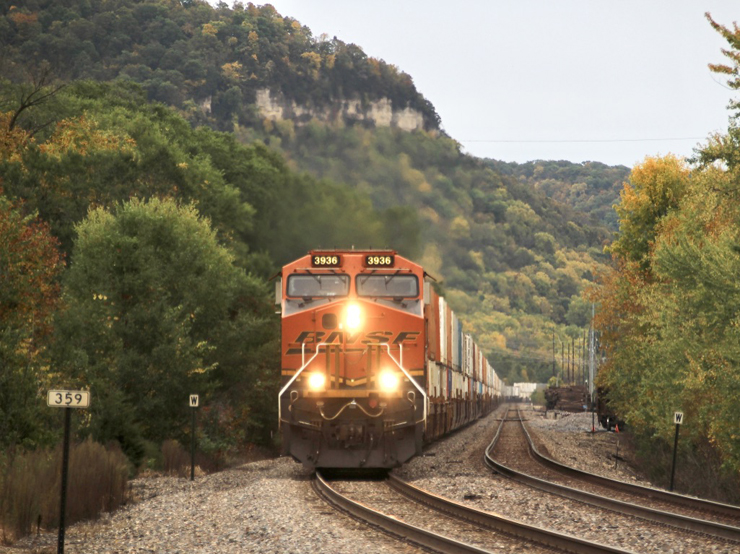
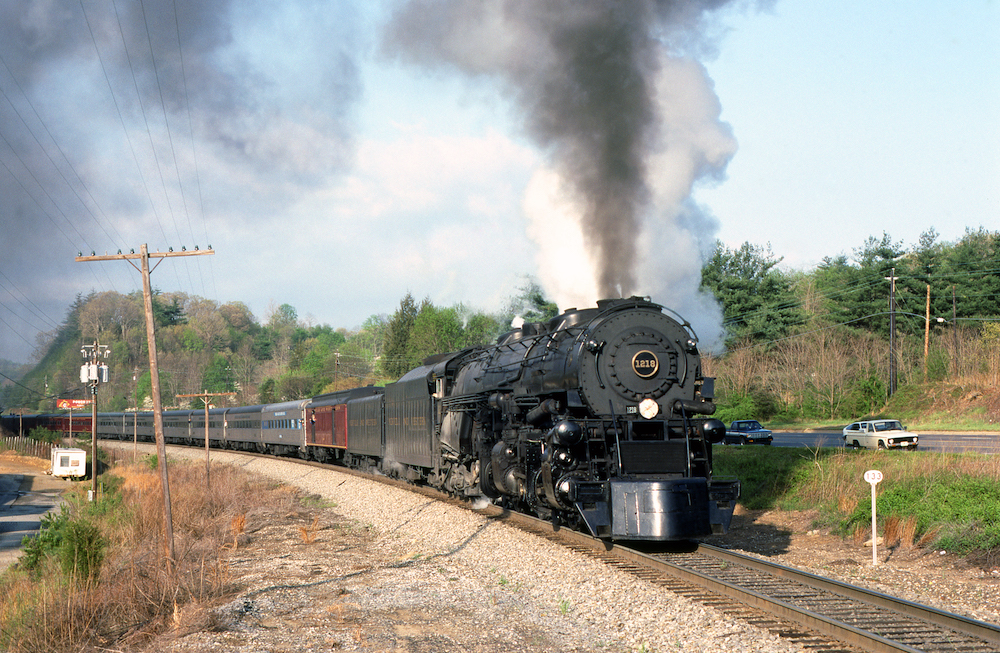
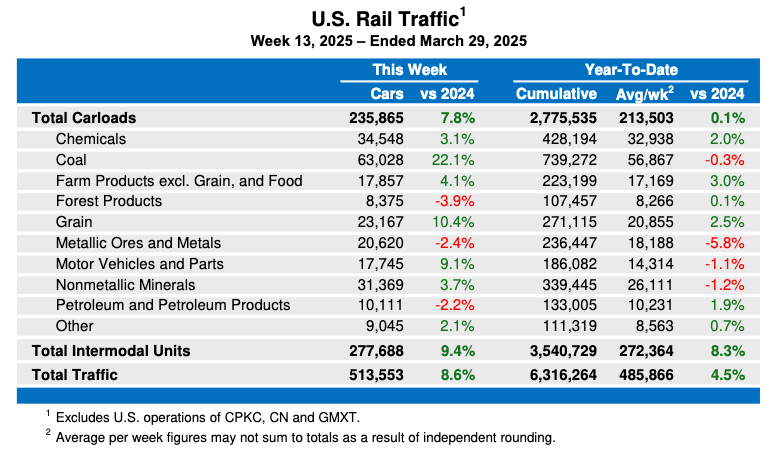




I wish Walthers would learn this… Almost every shipment we get from them at the store either the box is destroyed or, things shifted around in transit and tore items. Horizon does so much better
Great stories Jason! Thanks!
I worked for one of the “big four” and often said it was a miracle that we had so few damage claims! Our customers must have figured out how to protect their goods from us!! 8+0